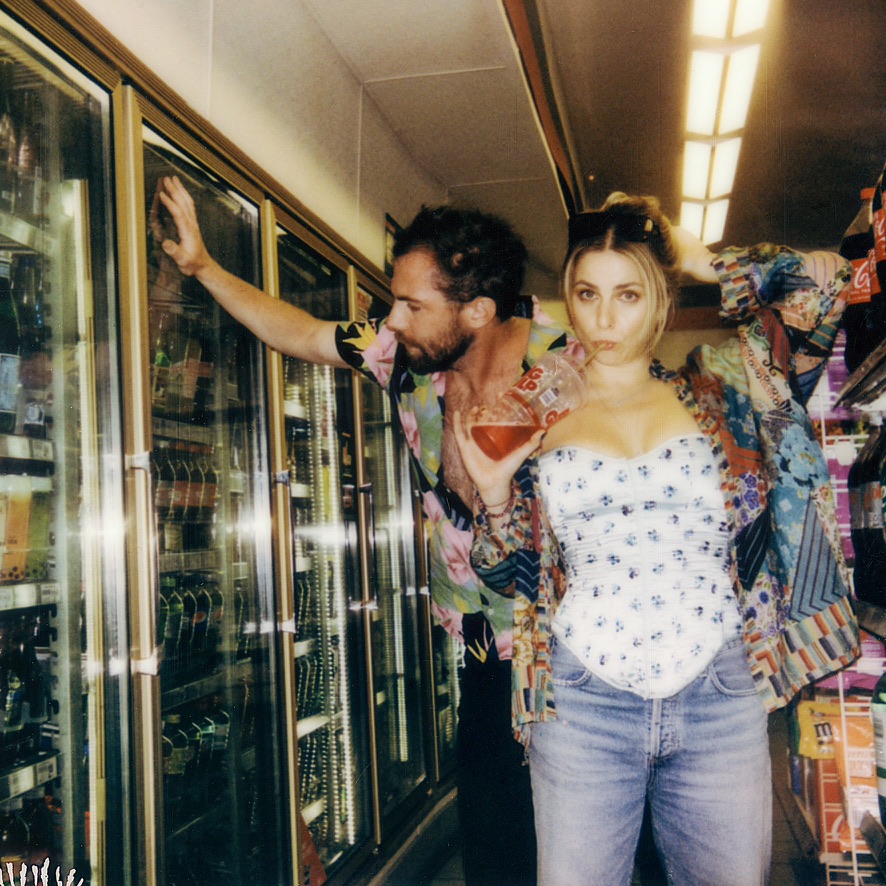NTS’s ‘Amapiano Now’ compilation places South Africa’s underground centre stage
Image by Yaseen Brink / Copyright Prolific Media
The music of Amapiano is infamously distributed to its followers via grassroots modes, most popularly via WhatsApp groups. This bypassing of conventional or commercial methods of distribution is somewhat synonymous with the spirit of the genre, and largely the dance music culture of South Africa. As a synthesis of traditional sonic patterns with both South Africa’s creole pop history and the influence of pioneering movements from cities such as Detroit and Chicago, the forms that arise from the country’s townships have always felt like attempts to locate South African Black identity in the turbulent post-Apartheid landscape. Simultaneously recognising the injustices of the past and looking towards the future, they are expressions of South Africa’s uneven socio-cultural tapestry, innovations of the country’s young Black creatives. Kwaito, Barcadi house and Gqom are born from the frustrations of being failed by a fundamentally flawed system, and utilised as modes of futurism that rewrite the position of Black identity in South Africa’s cultural narrative.
From the Afrohouse of Black Coffee to the dark distortion of The Distruction Boyz, these forms have slowly begun to bleed into the international collective consciousness. Soundtracks to major motion pictures such as Black Panther and The Lion King have thrust the aesthetics of South Africa’s club music into the mainstream pop plethora. Suddenly the sounds of the townships have rooted burgeoning followings in the underground cultures of major cities across Europe and The United States, particularly London. This is perhaps most true of Durban’s Gqom, but recently its lighter descendent Amapiano has begun rising to similar heights of recognition. Largely informed by melodic deep house and, of course, the piano riffs of 90s Chicago house, Amapiano is a sound born from the bustle of Gauteng’s townships. It is defined by warm, soulful percussion and an influence from South African jazz. Compared to the edge of its cousins Kwaito and Gqom, it is smooth and melodic, borrowing the tonality of introspective tech-house and fusing this with the earthy soul of jazz and the neo-tribal swagger of Afrobeats. It is a sound that both recognises the hardships of Johannesburg and Pretoria township existence, but also celebrates the flavour and optimism of the dynamic youth culture in these spaces.
Following a recent week-long showcase of South African electronic music, NTS continues their exploration into South Africa’s electronic culture with the compilation, Amapiano Now. The compilation seems to honour the genre’s unconventional mode of distribution by presenting a collection of previously unreleased tracks from some of South Africa’s veteran and most promising producers of the genre, curated by London DJs Shannen SP and Joe Cotch for NTS Records. Amapiano’s familiar superstars such as Moonchild Sanelley and Maphorisa are visibly absent from the track list, with SP and Cotch instead focussing on Amapiano’s buzzing underground. This results in a collection that comes as close to the actual sound of Gauteng’s club circuit as it can get, and makes for a diverse selection reflecting Amapiano’s lesser known iterations. SP and Cotch straight up avoid the poppier mainstream Amapiano, choosing instead to curate their selections around the genre’s experimental side.The more blissful ideations informed by the groove of Afrohouse is most scarce, while the darker throb of techno influenced cuts informed by the residual grime of Gqom is the compilation’s preferred aesthetic. For example, Alfa Kat and TidoSoul’s Sip Sip is a slowly pulsing bass driven offering with ominous, lilting vocals and a percussive pattern that showcases the influence and evolution of Kwaito into the textures of Amapiano.
The jazz sections typical of brighter or mainstream Amapiano do appear here, though. Virgo Deep’s Groove is led by a twinkling piano riff, against slowly stuttering drums and distorted bass. Together with the distorted keys of King Jazz’s Lockdown, it is a standout amongst the compilation’s collection of jazzier tracks. Kamo Mphela’s Thula Thula and DBN Gogo’s Possible are the only tracks on Amapiano Now featuring the pop vocals which dominate the genre’s mainstream, the rest of the compilation focuses on the genre as a solely instrumental form. Unlimited Soul’s Utlwa and Shuck n Jive by DBN Gogo and Felo Le Tee define a heavier second act informed by the sharp futurism of Afro-tech, led by warping techno synths and sci-fi rave flourishes. The breakbeat avant-gardism of Teno Afrika’s Power Station also falls into this category, but is distinct in its experimentation. Hollow log drums and a clipped vocal sample form a footwork leaning backdrop for Afrika’s shuddering and syncopated bass line, creating an atmosphere full of kinetic tension.
By choosing to showcase the alternative face of Amapiano in a world where the sound has already been interpolated by the likes of Beyonce, SP and Cotch curate an intriguing and essential collection of tracks. Amapiano Now is a necessary portrait of the genre at its most sonically courageous, but also a testament to the ever transforming aesthetics of, arguably, a genre in constant flux. As an introduction to the grittier, more underground face of Amapiano, it succeeds in capturing the energy and ferocity of the clubs from which these sounds arise. It’s essential listening for followers of the genre and any curious melophile, an electric portal into the world of a scene which continues to evolve beyond its own boundaries.
Amapiano Now is available to download here. Check out the first single, Shona Le by Gabba Cannal, below.
Follow NTS
Facebook | Twitter | Instagram | Website



